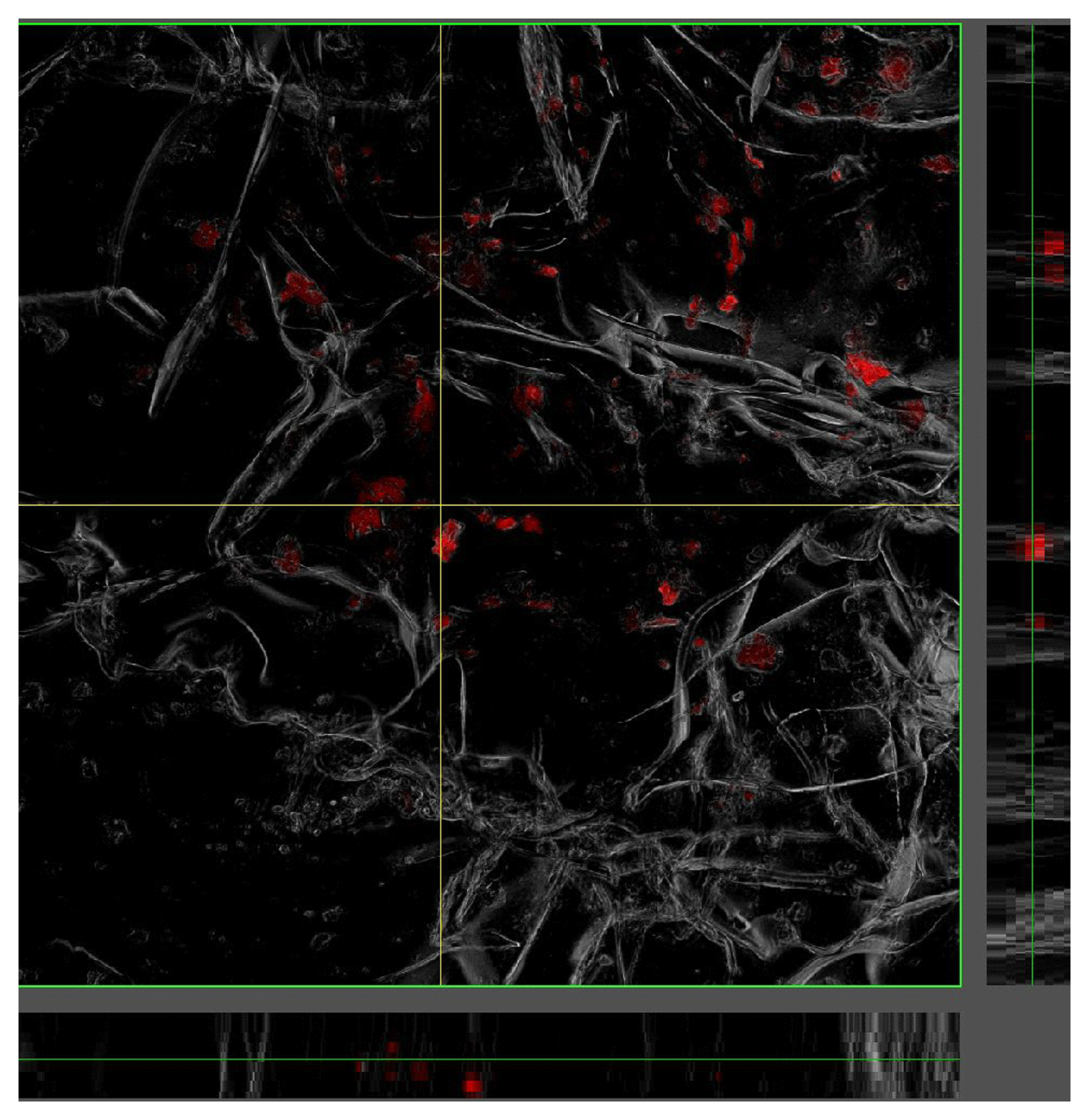The development of new approaches for therapeutic treatments that can help improve efficacy, patient compliance and sustained release of multiple drug therapies is one of the main foci in drug delivery. Biodegradable delivery vehicles have shown to provide desirable characteristics in the enhancement and targeting of drug transport. Among these, the use of combination of technologies is a potential alternative that offers the exploitation of the advantages of different carriers. Specifically in this work we developed a pH-responsive biodegradable platform based on poly(ethylene glycol) and poly(methacrylic acid) that releases polyanhydride nanoparticles-loaded with different antibiotics. The PROMPT system (Polyanhydride-Release Oral MicroParticle Technology) serves as a targeted delivery vehicle that protects and releases polyanhydride nanoparticles in the intestinal tract for efficacious oral delivery of poorly soluble and permeable drugs, thus offering the possibility of an enhanced delivery, reduced dosage and improved patient compliance. The goal of this study was to analyze and evaluate the efficacy of this dual-releasing platform in the delivery of rifampicin and isoniazid, two antibiotics used for the treatment of tuberculosis.
Copolymers based on 1,6-bis(p-carboxyphenoxy)hexane (CPH) and sebacic acid (SA) were synthesized using melt polycondensation, as described previously[1],[2]. Rifampicin was encapsulated into 20:80 CPH:SA polyanhydride nanoparticles via nanoprecipitation with 1% v/v Span80®[3]. Hydrogel microparticles were synthesized using N,O, dimethacryloyl hydroxylamine (DMHA), a biodegradable crosslinker that degrades at neutral pH. Rifampicin-loaded nanoparticles were loaded onto poly(methacrylic acid-grafted-ethylene glycol) (P(MAA-g-EG) microgels using UV-initiated free radical polymerization[4],[5]. Polyanhydride nanoparticle incorporation onto P(MAA-g-EG) gels was confirmed via confocal microscopy as shown in Figure 1, using quantum dot-loaded nanoparticles.

Isoniazid was loaded into the microgels using equilibrium partitioning. In order to confirm the release of the payload from P(MAA-g-EG), a dye (Rhodamine B) was loaded using the same method and released at neutral pH, as shown in Figure 2.

The results of these studies indicate that polyanhydride nanoparticles loaded microgels were successfully synthesized. Degradation studies using simulated intestinal conditions indicate the release of rifampicin loaded-polyanhydride nanoparticles in a relevant residence time for intestinal delivery. In addition to this, enhanced uptake in M-cell models and by antigen presenting cells (i.e. macrophages) was achieved using the PROMPT system. pH-responsive dual-releasing microparticle systems were successfully synthesized for the delivery of rifampicin and isoniazid antibiotic combination therapy. These studies demonstrate that the PROMPT system has the potential to be a viable alternative as a new generation oral delivery vehicle for antibiotic treatment.
References:
[1] Torres MP, et al. JBMR, 2006. 76A:102-10.
[2] Kipper MJ, et al. Biomaterials, 2002, 23: 4405-12.
[3] Ulery BD, et al. PLoS ONE, 2011. 6: e17642.
[4] Besheer A. et al. JCR, 2006, 11: 73-80
[5] Duran-Lobato M, et al. Biomacromolecules, 2014, 15: 2725-2734